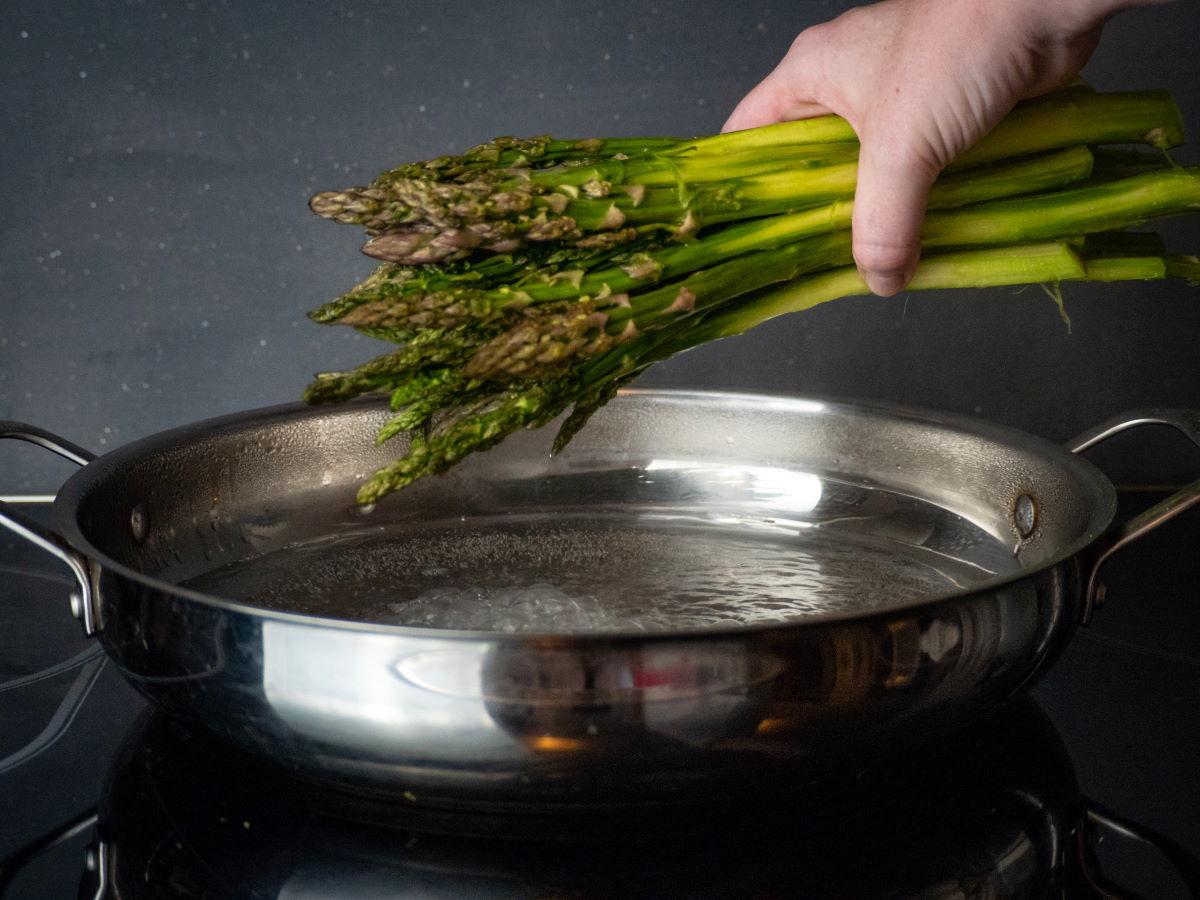

Articles
How Do You Cook Asparagus On The Stove Top
Modified: January 6, 2024
Looking for articles on how to cook asparagus on the stove top? Discover expert tips and techniques for preparing this delicious and nutritious vegetable.
(Many of the links in this article redirect to a specific reviewed product. Your purchase of these products through affiliate links helps to generate commission for Storables.com, at no extra cost. Learn more)
Introduction
Asparagus is a versatile and nutritious vegetable that can be enjoyed in a variety of ways. Whether you’re cooking for yourself or preparing a meal for guests, knowing how to cook asparagus on the stovetop is a valuable skill to have in your culinary arsenal. Stovetop cooking methods offer a quick and simple way to retain the vibrant green color and crisp texture of asparagus, while also bringing out its natural flavors.
In this article, we will explore different stovetop cooking methods for asparagus, including sautéing, steaming, boiling, and stir-frying. You’ll also find helpful tips for selecting and preparing asparagus, as well as suggestions on the best equipment to use for each cooking method.
Before we dive into the cooking techniques, let’s take a moment to understand the significance of choosing and preparing asparagus properly. It’s important to start with fresh and high-quality asparagus to ensure the best results in your cooking. Look for firm, bright green stalks with closed and compact tips. Avoid asparagus that appears wilted or discolored.
To prepare the asparagus, gently trim off the tough ends of the stalks. You can do this by holding each end and bending the stalk until it snaps. The lower section that breaks off naturally is the tough part that should be discarded. Alternatively, you can use a knife to trim off about one inch from the bottom of each stalk.
Now that you have your fresh asparagus ready, let’s explore the different stovetop cooking methods that will help you bring out the best in this delicious vegetable.
Key Takeaways:
- Master the art of cooking asparagus on the stovetop with sautéing, steaming, boiling, and stir-frying methods. Choose fresh asparagus, trim properly, and use the right equipment for perfect results.
- Elevate your culinary skills with stove-top cooked asparagus. Follow tips for choosing, preparing, and cooking asparagus to create delicious and nutritious dishes that will impress your guests.
Read more: How Do You Cook Scallops On The Stove Top
Choosing and Preparing Asparagus
Choosing the right asparagus and preparing it properly are crucial steps in ensuring a delicious and satisfying cooking experience. The following tips will help you select the best asparagus and prepare it for stovetop cooking.
When choosing asparagus, look for firm stalks with a vibrant green color. The tips should be closed and compact, indicating freshness. Avoid asparagus with shriveled or discolored stalks, as these are signs of age and deterioration.
It’s also important to consider the thickness of the asparagus stalks. Thicker asparagus is more mature and will have a slightly woodier texture, while thinner asparagus will be more tender. Choosing the right thickness is a matter of personal preference and the intended use of the asparagus.
Once you have chosen your asparagus, it’s time to prepare it for cooking. Start by rinsing the stalks under cold water to remove any dirt or debris. Next, trim off the tough ends of the stalks. The easiest way to do this is to hold one end of the asparagus stalk and bend it gently until it snaps. The natural breaking point is where the tough woody portion ends. Discard the snapped-off ends.
If you prefer a neater presentation, you can also use a knife to trim off about one inch from the bottom of each stalk. This ensures that you remove the tougher part while keeping the rest of the stalk intact.
At this point, your asparagus is ready to be cooked on the stovetop using one of the following methods.
Cooking Equipment Needed
Before you start cooking asparagus on the stovetop, it’s important to gather the necessary cooking equipment. Having the right tools will make the cooking process easier and more efficient. Here are the essential cooking equipment you’ll need:
1. Saucepan or skillet: A medium-sized saucepan or skillet is versatile and works well for sautéing, boiling, and steaming asparagus. It should have a lid to trap heat and steam during cooking.
2. Steamer basket: If you prefer steaming asparagus, a steamer basket is a helpful tool. It allows you to steam the asparagus with minimal water contact, preserving its nutrients and texture.
3. Tongs or a spatula: Tongs or a spatula come in handy when flipping and turning the asparagus during sautéing or stir-frying.
4. Knife and cutting board: You’ll need a sharp knife and a cutting board to trim off the tough ends of the asparagus and chop it into pieces, if desired.
5. Salt and pepper: Seasoning the asparagus with salt and pepper enhances its flavor. Keep these basic seasonings on hand to taste.
6. Olive oil or butter: Asparagus benefits from a drizzle of olive oil or a pat of butter to add richness and flavor. Choose high-quality olive oil or unsalted butter for the best results.
7. Optional toppings: Consider adding optional toppings such as grated Parmesan cheese, lemon zest, or toasted nuts to elevate the flavors of your cooked asparagus.
Once you have gathered these essential cooking tools and ingredients, you’re well-equipped to start cooking delicious asparagus on the stovetop using various methods. Whether you prefer sautéing, steaming, boiling, or stir-frying, having the right equipment will ensure a successful and enjoyable cooking experience.
Stovetop Cooking Methods
There are several stovetop cooking methods you can use to cook asparagus to perfection. Each method offers a unique way to bring out the flavors and textures of this delicious vegetable. Let’s explore the most common stovetop cooking methods for asparagus:
1. Sautéing: Sautéing involves cooking asparagus in a hot skillet with a small amount of oil or butter. This method produces tender-crisp asparagus with a slight caramelized flavor. To sauté asparagus, heat oil or butter in a skillet over medium-high heat. Add the asparagus spears and cook, stirring occasionally, for 5-7 minutes until they are tender and slightly browned.
2. Steaming: Steaming asparagus helps retain its vibrant color and delicate texture. To steam asparagus, place a steamer basket inside a saucepan filled with about an inch of water. Bring the water to a boil, add the asparagus spears to the steamer basket, cover with a lid, and steam for 3-5 minutes until the asparagus is tender-crisp. Be careful not to overcook, as it can make the asparagus mushy.
3. Boiling: Boiling is a quick and simple method to cook asparagus. Bring a pot of salted water to a boil, add the trimmed asparagus, and cook for 2-4 minutes until the spears are tender but still have a slight crunch. Drain the asparagus and rinse with cold water to stop the cooking process. This method is great for dishes like salads or asparagus-based recipes.
4. Stir-frying: Stir-frying is a fast and flavorful method to cook asparagus. Heat oil in a wok or skillet over high heat. Add the asparagus and stir-fry for 2-3 minutes until it is tender yet still crisp. You can add additional ingredients like garlic, ginger, or soy sauce to enhance the flavors.
These stovetop cooking methods offer different ways to enjoy the natural flavors and textures of asparagus. Choose the method that best suits your preferences and the dish you will be preparing. Remember to always keep an eye on the cooking process to ensure that the asparagus is cooked to your desired level of tenderness.
Now that you have learned the different stovetop cooking methods for asparagus, let’s dive into each method in more detail and explore the step-by-step process to achieve perfect results.
Method 1: Sautéing Asparagus
Sautéing is a popular stovetop cooking method that allows you to quickly cook asparagus while preserving its crispness and enhancing its flavors. Here’s a step-by-step guide on how to sauté asparagus:
- Start by heating a tablespoon of oil or butter in a skillet over medium-high heat. You can use olive oil, vegetable oil, or butter based on your preference.
- Once the oil or butter is hot and shimmering, add the trimmed asparagus spears to the skillet. Make sure to arrange them in a single layer, allowing them to cook evenly.
- Sauté the asparagus for about 5-7 minutes, stirring occasionally. The asparagus should start to turn bright green and become tender-crisp. You can adjust the cooking time depending on how tender you prefer your asparagus.
- Season the sautéed asparagus with salt and pepper to taste. You can also add other seasonings or herbs like garlic powder, lemon zest, or freshly chopped herbs for extra flavor.
- Remove the sautéed asparagus from the heat and transfer it to a serving dish or individual plates.
- Serve the sautéed asparagus as a side dish or use it as an ingredient in other recipes. It pairs well with a variety of meats, pasta dishes, and salads.
Sautéed asparagus is a versatile and delicious dish that can be enjoyed on its own or incorporated into various recipes. The quick cooking time allows the asparagus to retain its vibrant color and crisp texture, making it a visually appealing and flavorful addition to your meals.
Experiment with different seasonings and herbs to add your personal touch to the sautéed asparagus. You can also try adding other ingredients like garlic, onions, or mushrooms to elevate the flavors and create a more complex dish.
Now that you’ve mastered the art of sautéing asparagus, let’s explore another stovetop cooking method: steaming.
To cook asparagus on the stove top, heat a pan over medium-high heat, add a bit of oil, and then place the asparagus in the pan. Cook for 5-7 minutes, turning occasionally, until tender-crisp. Season with salt and pepper before serving.
Read more: How Do You Cook Salmon On The Stove Top
Method 2: Steaming Asparagus
Steaming is a gentle and healthy cooking method that preserves the natural flavors and textures of asparagus. Steamed asparagus is tender-crisp and retains its vibrant green color. Here’s a step-by-step guide on how to steam asparagus:
- Start by filling a saucepan with about an inch of water. Place a steamer basket inside the saucepan, ensuring that the water does not touch the bottom of the basket.
- Bring the water to a boil over medium heat.
- While the water is heating, prepare the asparagus by trimming off the tough ends. If desired, you can further cut the asparagus into smaller pieces for easier serving.
- Once the water is boiling, add the asparagus spears to the steamer basket. Make sure they are arranged in a single layer to ensure even steaming.
- Cover the saucepan with a lid and steam the asparagus for about 3-5 minutes. The cooking time may vary depending on the thickness of the spears and your desired level of tenderness. The asparagus should be tender-crisp when done.
- Using tongs or a fork, carefully remove the steamed asparagus from the steamer basket and transfer it to a serving dish.
- Season the steamed asparagus with salt, pepper, and any other desired seasonings. You can also drizzle it with olive oil or melted butter for additional flavor.
- Serve the steamed asparagus as a side dish or incorporate it into other recipes. It pairs well with grilled meats, pasta dishes, or salads.
Steaming asparagus helps retain its nutrients while delivering a tender-crisp texture. The gentle heat allows the asparagus to cook evenly without becoming mushy or overcooked.
Feel free to customize your steamed asparagus by adding different seasonings, such as lemon zest, garlic powder, or a sprinkle of Parmesan cheese. These additions can enhance the flavors and bring a delightful twist to this simple yet delicious dish.
Now that you know how to steam asparagus, you can enjoy this healthy and flavorful side dish with ease. Next, let’s explore another stovetop cooking method: boiling.
Method 3: Boiling Asparagus
Boiling is a quick and straightforward method to cook asparagus, making it a convenient option when you’re short on time. Boiled asparagus is tender yet retains a slight crunch. Here’s a step-by-step guide on how to boil asparagus:
- Start by filling a large pot with water and adding a generous amount of salt. Bring the water to a boil over high heat.
- While the water is heating, prepare the asparagus by trimming off the tough ends.
- Once the water is boiling, carefully add the asparagus spears to the pot.
- Allow the asparagus to cook for about 2-4 minutes, depending on the thickness of the spears and your preferred level of tenderness. The asparagus should be tender but still have a bit of crunch.
- While the asparagus is cooking, prepare an ice bath by filling a large bowl with ice water.
- Using tongs or a slotted spoon, remove the cooked asparagus from the boiling water and immediately transfer it to the ice bath. This helps stop the cooking process and preserves the vibrant green color.
- Let the asparagus sit in the ice bath for a minute or two, then drain and pat it dry.
- Season the boiled asparagus with salt, pepper, and any other desired seasonings. You can also add a drizzle of olive oil or a squeeze of lemon juice for extra flavor.
- Serve the boiled asparagus as a side dish or incorporate it into various recipes. It pairs well with grilled meats, pasta dishes, or salads.
Boiling asparagus is a simple and effective way to cook this versatile vegetable. The brief cooking time helps retain its natural flavors and vibrant color, while the ice bath preserves its crispness and visual appeal.
Remember to adjust the cooking time based on the thickness of the asparagus spears and your personal preference. Thicker asparagus may require a slightly longer cooking time, while thinner spears will cook more quickly.
Boiled asparagus can be enjoyed on its own, dressed with seasonings, or incorporated into various dishes. Use your creativity to explore different flavor combinations and showcase the versatility of this delicious vegetable.
Now that you’re familiar with boiling asparagus, let’s move on to another stovetop cooking method: stir-frying.
Method 4: Stir-frying Asparagus
Stir-frying is a quick and flavorful cooking method that brings out the natural sweetness and crunch of asparagus. It allows you to infuse the asparagus with delicious seasonings and create a delicious side dish or main course. Here’s a step-by-step guide on how to stir-fry asparagus:
- Start by heating a tablespoon of oil in a wok or large skillet over high heat. You can use vegetable oil, peanut oil, or any cooking oil with a high smoke point.
- Once the oil is hot and shimmering, add the trimmed asparagus spears to the wok or skillet. Stir-fry them for about 2-3 minutes, continuously tossing them with tongs or a spatula.
- As the asparagus cooks, you can add extra ingredients like minced garlic, sliced onions, or grated ginger to enhance the flavor. Stir-fry them together with the asparagus for an additional 1-2 minutes.
- Season the stir-fried asparagus with salt, pepper, and any other desired seasonings or sauces such as soy sauce or oyster sauce. Toss well to coat the asparagus evenly.
- Continue stir-frying for another 1-2 minutes, or until the asparagus reaches your desired level of tenderness. Remember to keep the heat high to ensure the asparagus cooks quickly and maintains its crispness.
- Once cooked, remove the stir-fried asparagus from the heat and transfer it to a serving dish.
- Garnish the stir-fried asparagus with any additional toppings or herbs, such as sesame seeds, chopped scallions, or a squeeze of lemon juice, for added flavor and visual appeal.
- Serve the stir-fried asparagus as a standalone side dish or as an accompaniment to your favorite protein or noodle dishes.
Stir-frying asparagus allows you to enjoy its vibrant color, tender-crisp texture, and infused flavors. The high heat and quick cooking time help retain the natural freshness of the asparagus, resulting in a delicious and vibrant dish.
Feel free to experiment with different stir-fry additions, such as mushrooms, bell peppers, or carrots, to create a more diverse and flavorful dish. Additionally, you can customize the seasonings and sauces to suit your taste preferences.
Now that you’ve mastered the art of stir-frying asparagus, you have a versatile and delicious cooking technique to elevate your asparagus dishes.
Now that you know four different stovetop cooking methods for asparagus, each with its own unique qualities and advantages, you can confidently prepare this nutritious and delicious vegetable in a variety of ways. Whether you choose to sauté, steam, boil, or stir-fry, with these methods, you can enjoy asparagus in all its tender-crisp glory.
Remember to start with fresh and high-quality asparagus, properly trim the stalks, and select the right cooking method to suit your taste preferences and the dish you are preparing. With a little practice and experimentation, you’ll discover your favorite way to cook asparagus and incorporate it into your culinary repertoire.
So, embrace the versatility of asparagus and let your creativity shine as you whip up scrumptious dishes using these stovetop cooking methods.
Tips for Perfect Stove-Top Cooked Asparagus
Cooking asparagus on the stovetop can be a delightful culinary experience, especially when you follow these tips and tricks to achieve perfect results:
- Choose fresh and high-quality asparagus: Look for firm stalks with a vibrant green color. Avoid asparagus that appears wilted or discolored.
- Trim the tough ends: Gently snap or cut off the tough ends of the asparagus stalks to ensure a tender eating experience.
- Use the right cooking equipment: Select the appropriate skillet, saucepan, or wok for the cooking method you choose. Ensure that your equipment allows for even heat distribution.
- Heat the pan correctly: Preheat your skillet or wok over medium-high heat to ensure a proper sear or cook. This helps to retain the vibrant green color and prevent the asparagus from becoming soggy.
- Avoid overcrowding the pan: When cooking asparagus, make sure not to overcrowd the pan. Leave enough space for the asparagus to cook evenly and maintain its crispness.
- Don’t overcook: Asparagus cooks quickly, so keep a close eye on the cooking time to prevent it from becoming mushy. It’s better to slightly undercook it as it will continue to cook with residual heat once removed from the stove.
- Season with care: Enhance the natural flavors of asparagus with your choice of seasonings. Whether it’s simple salt and pepper, garlic, lemon zest, or Parmesan cheese, be mindful of the amounts to avoid overpowering the delicate flavors of the asparagus.
- Experiment with additional ingredients: Feel free to add extra ingredients like garlic, onions, mushrooms, or your favorite herbs to create more complex and flavorful dishes.
- Add texture and toppings: Consider topping your cooked asparagus with ingredients like sesame seeds, chopped nuts, or crispy breadcrumbs to add texture and additional layers of flavor.
- Serve immediately: Asparagus is best enjoyed when served immediately to maintain its fresh taste and crispness. Avoid letting it sit for too long before serving.
By following these tips, you can ensure that your stove-top cooked asparagus turns out perfect every time. Remember to adjust the cooking time and seasonings based on personal preference and the dish you are preparing. With practice and experimentation, you’ll discover your favorite ways to cook and enjoy asparagus.
Now that you’re armed with these tips, you’re ready to create delicious stove-top cooked asparagus that will impress your guests or add a touch of gourmet to your everyday meals.
Conclusion
Asparagus, with its vibrant color and unique flavor, is a versatile vegetable that can be prepared in various ways. When cooked on the stovetop using methods such as sautéing, steaming, boiling, or stir-frying, it retains its natural crispness and pleasant taste.
Choosing fresh and high-quality asparagus, properly trimming the tough ends, and using the right cooking equipment are essential steps to achieving delicious results. Following these steps and utilizing the tips provided, such as avoiding overcooking and adding complementary seasonings, will enhance the flavor and texture of your stove-top cooked asparagus dishes.
Whether you prefer the caramelized flavors of sautéed asparagus, the tender-crisp texture of steamed asparagus, the quick simplicity of boiled asparagus, or the vibrant and savory stir-fried asparagus, each stovetop cooking method offers a unique approach to bringing out the best in this nutritious vegetable.
As you gain more experience and experiment with different seasonings, toppings, and cooking techniques, you’ll discover your own favorite way to cook asparagus on the stovetop. With the right combination of freshness, cooking methods, and seasoning choices, you can create unforgettable dishes that will have your taste buds singing.
So, next time you’re in the mood for a nutritious and flavorful vegetable, don’t hesitate to reach for asparagus and fire up your stove. With these stove-top cooking methods and tips in mind, you’ll be well on your way to enjoying perfectly cooked asparagus that will impress both friends and family alike.
Embrace the culinary possibilities that asparagus offers, and let your creativity shine as you explore the world of stove-top cooked asparagus. Bon appétit!
Frequently Asked Questions about How Do You Cook Asparagus On The Stove Top
Was this page helpful?
At Storables.com, we guarantee accurate and reliable information. Our content, validated by Expert Board Contributors, is crafted following stringent Editorial Policies. We're committed to providing you with well-researched, expert-backed insights for all your informational needs.
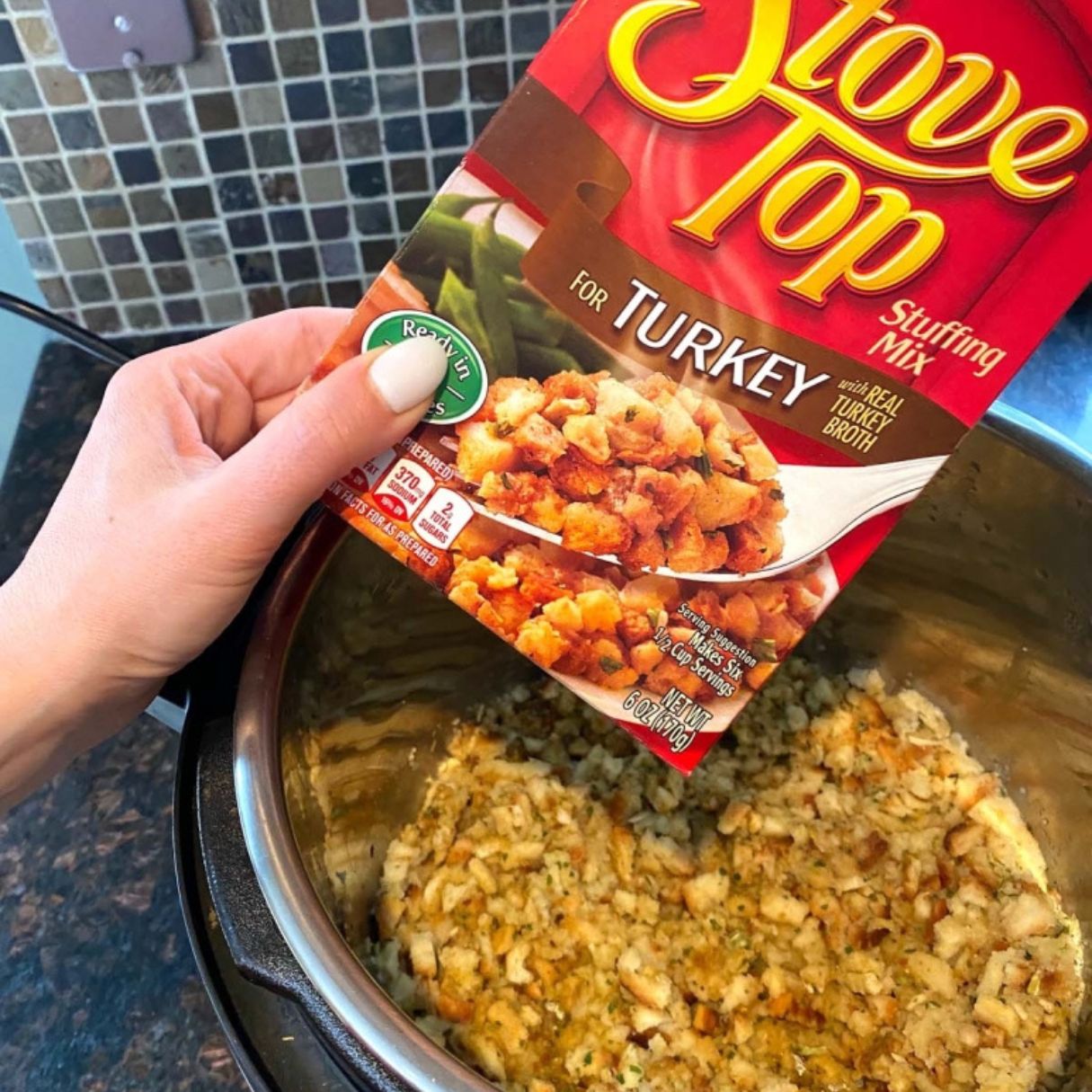
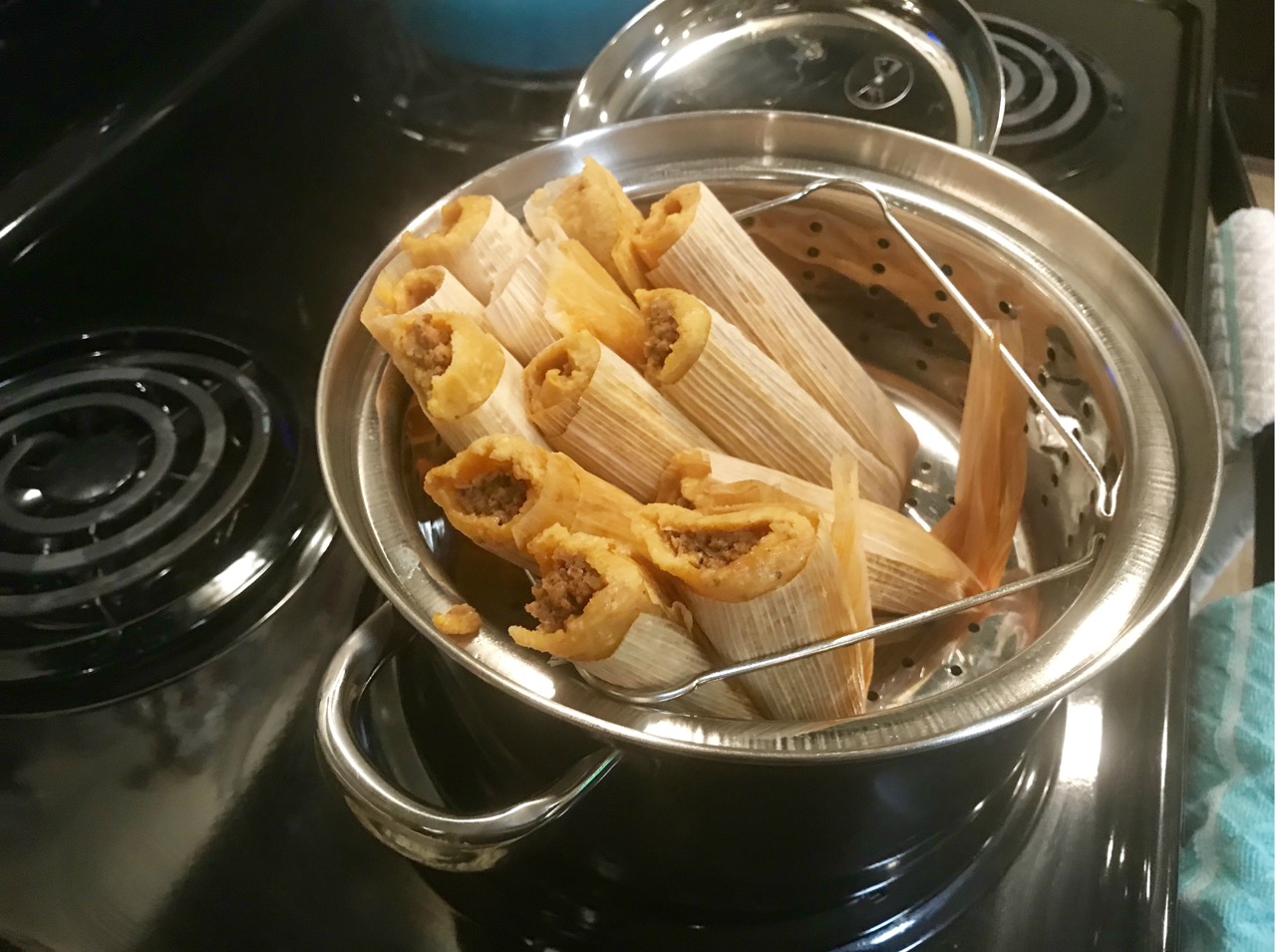
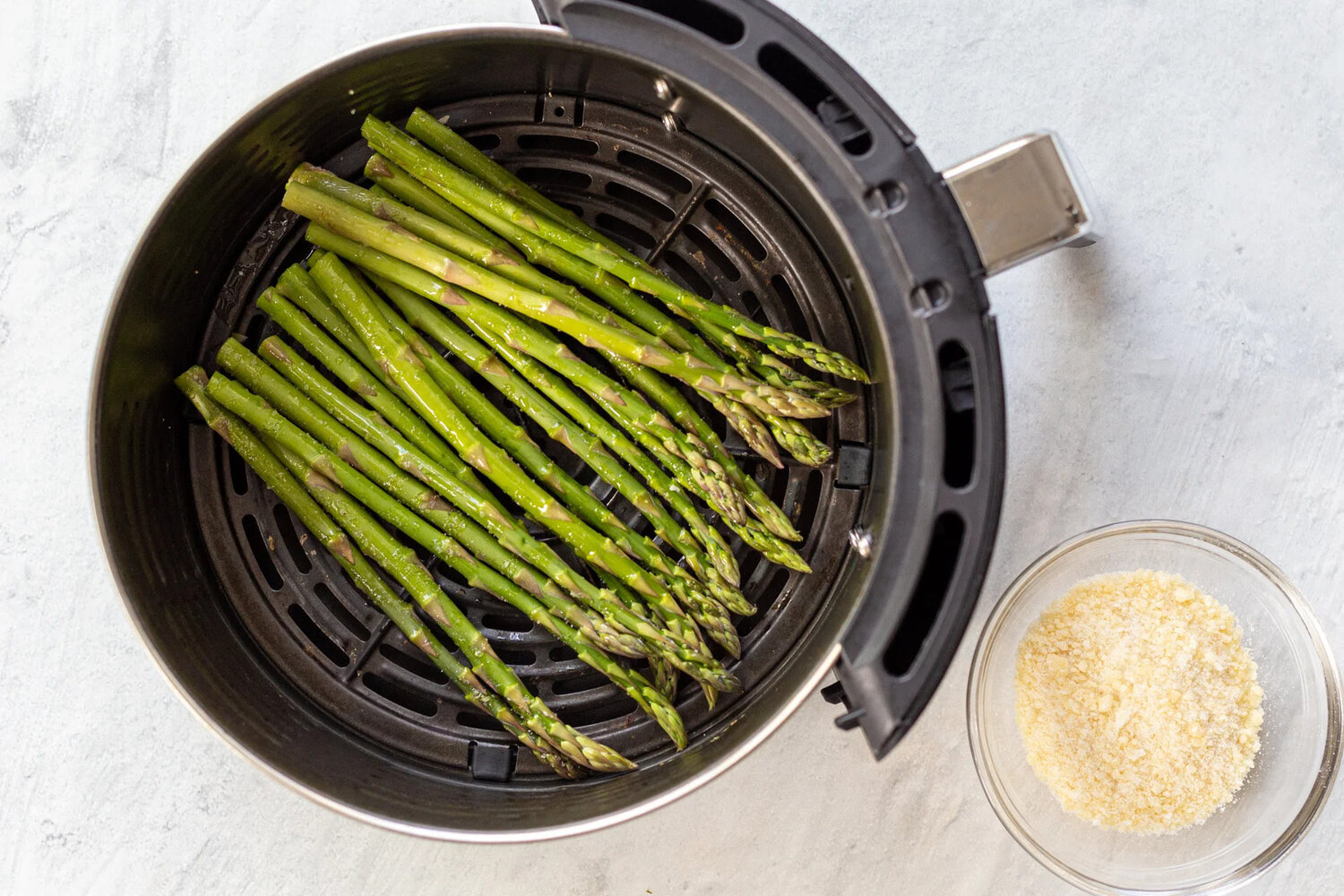
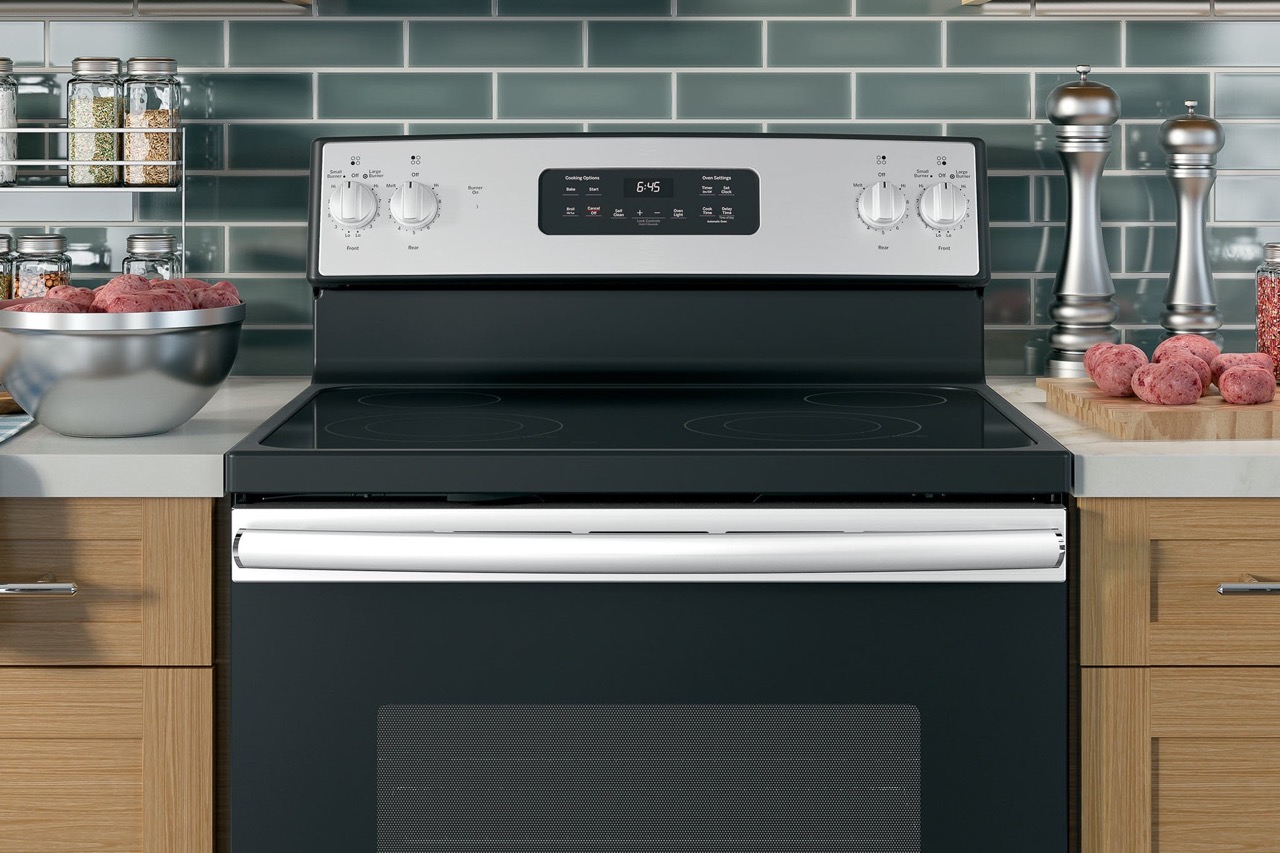

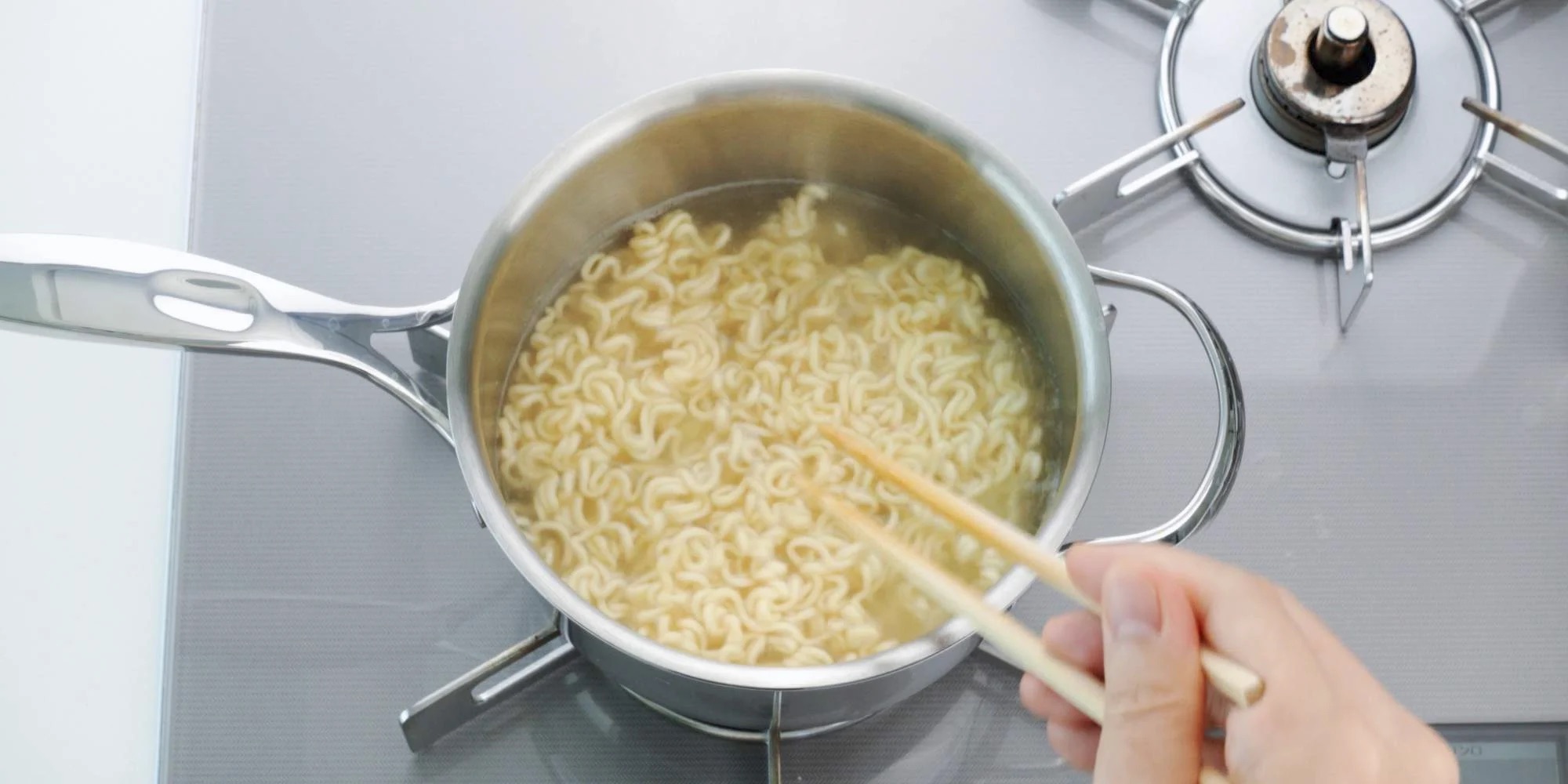
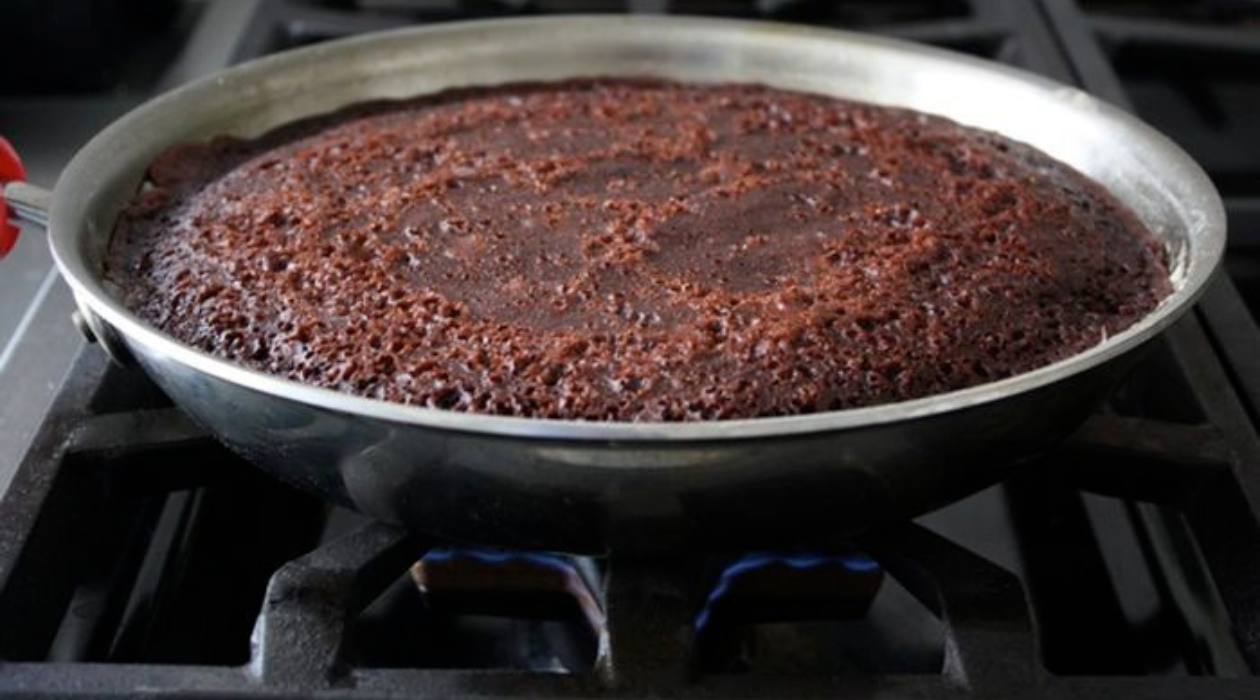
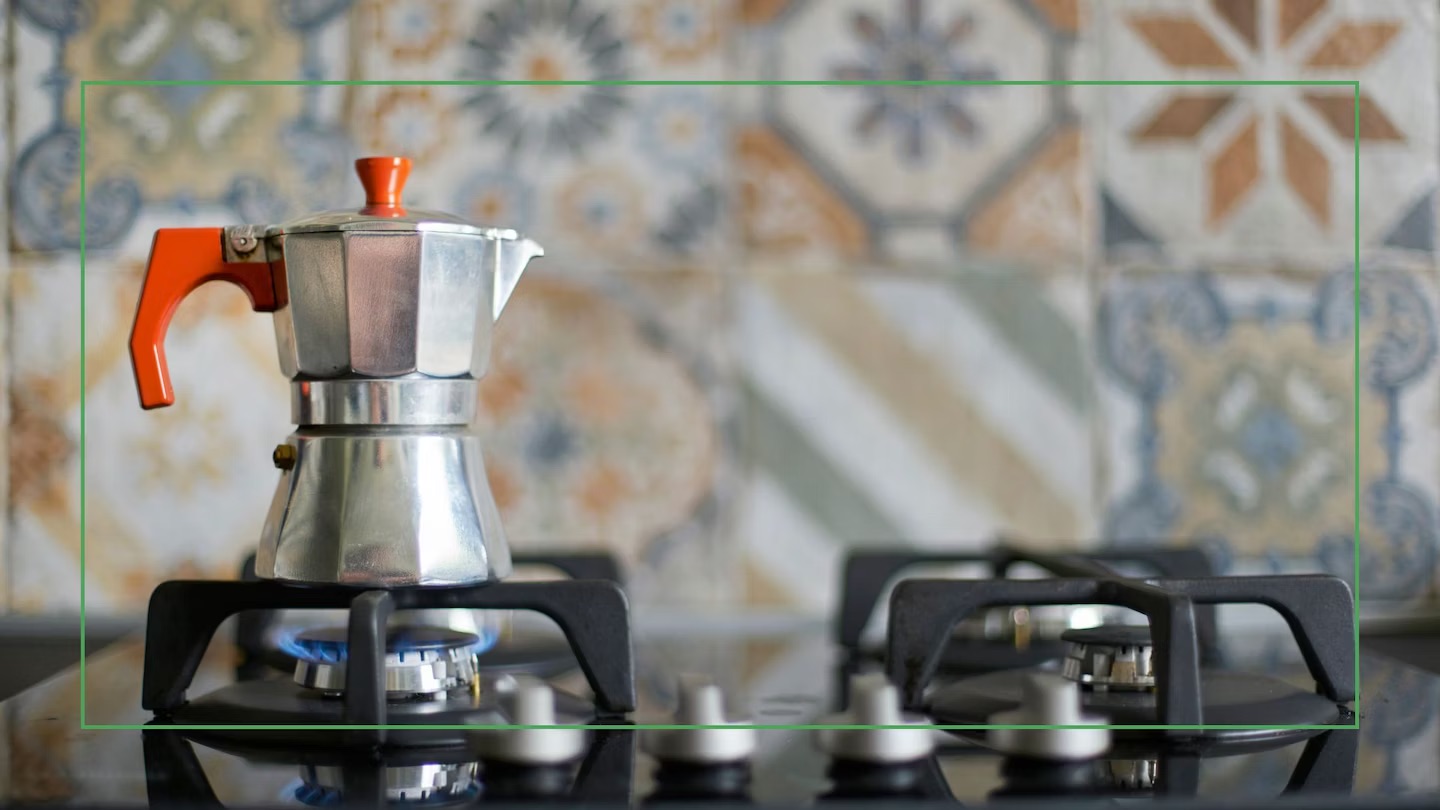
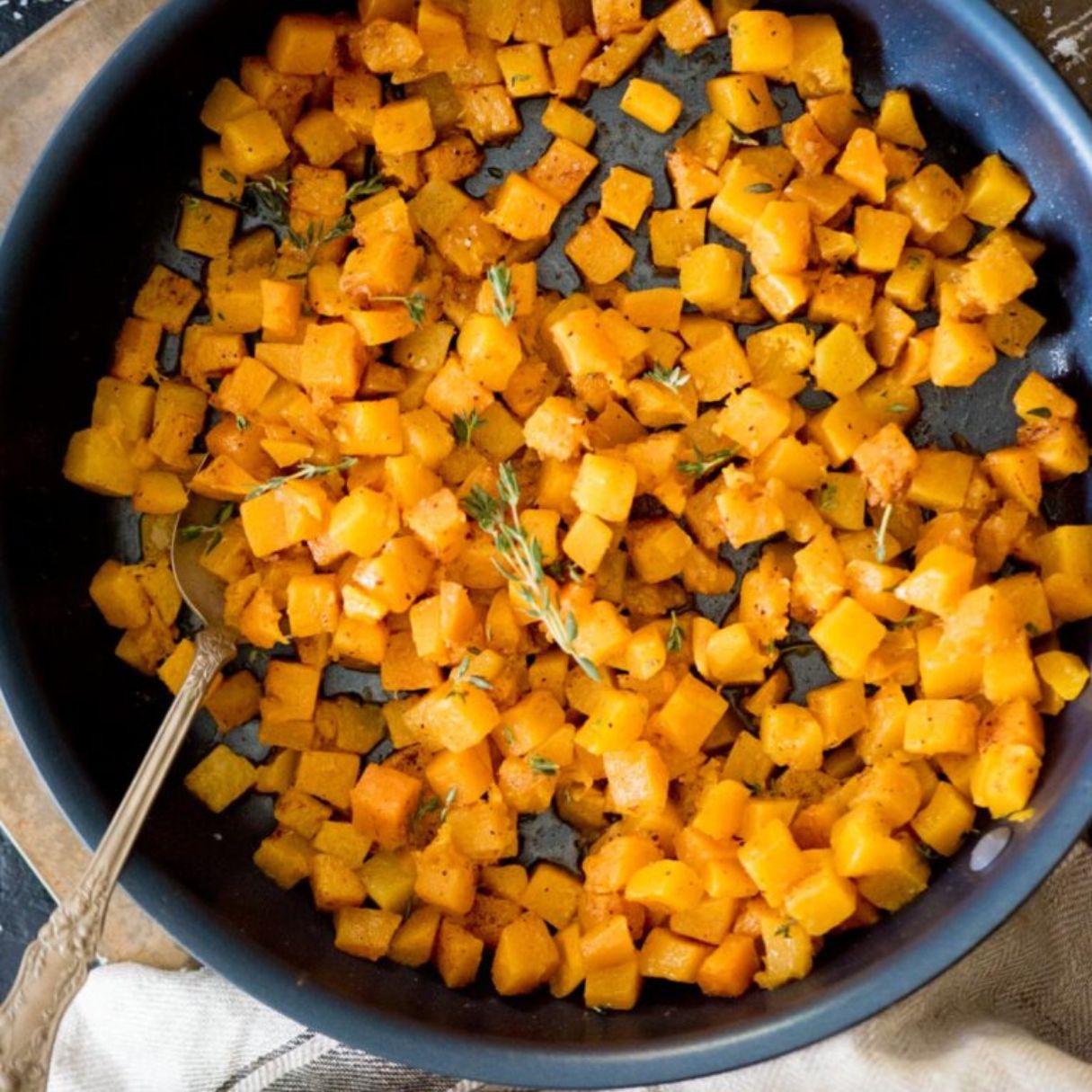
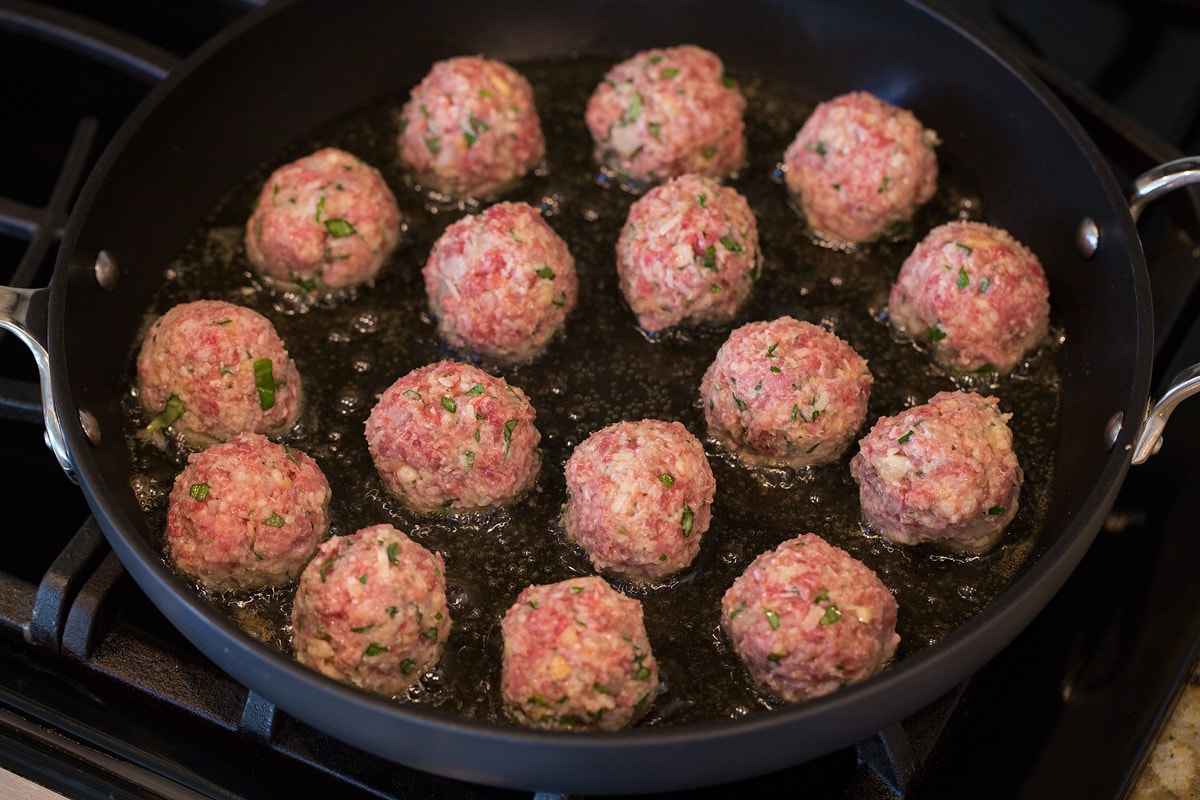
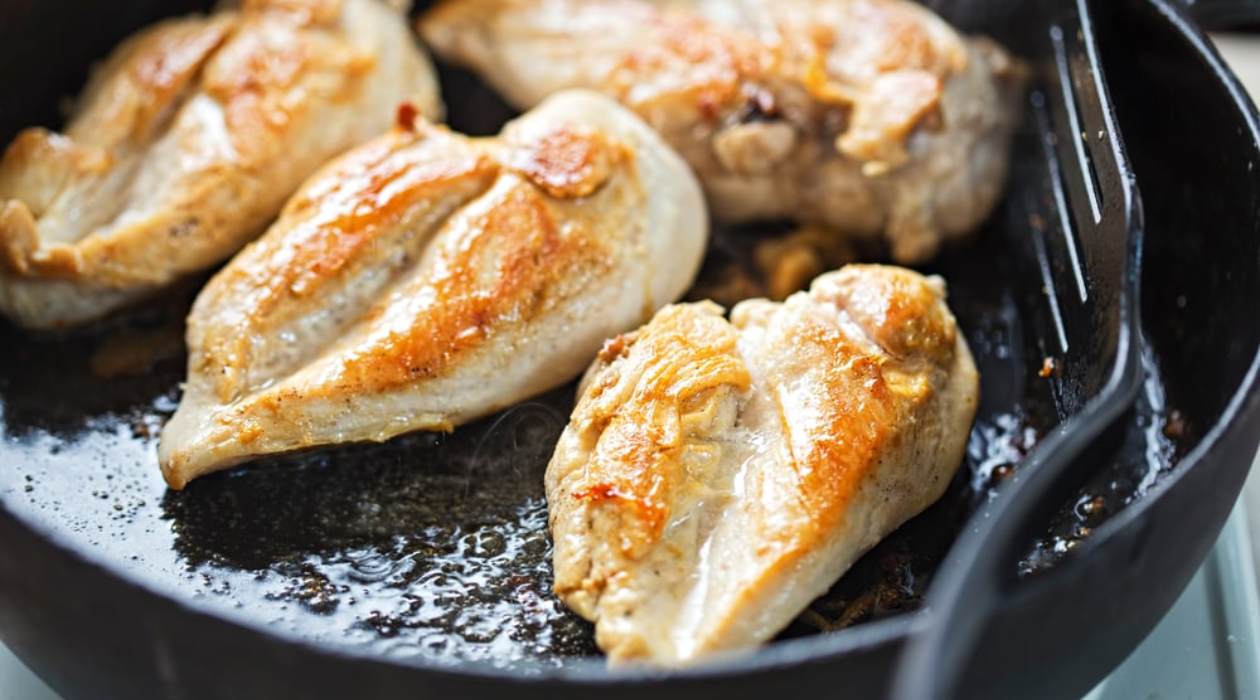

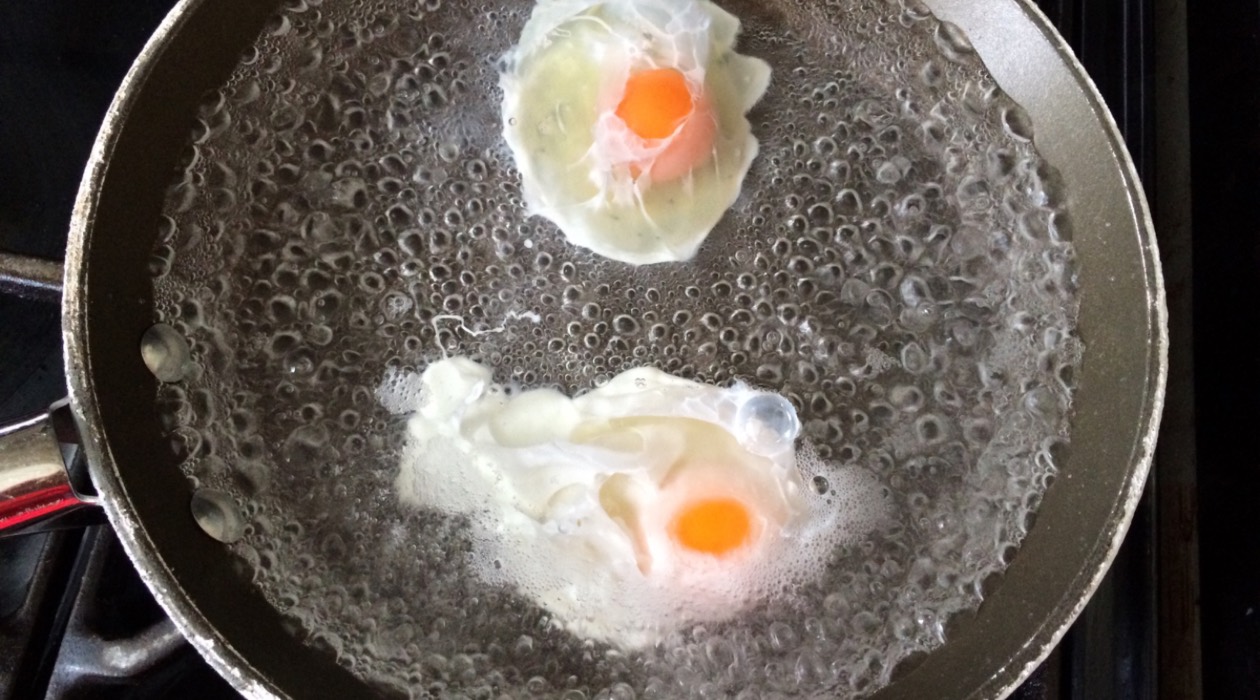

0 thoughts on “How Do You Cook Asparagus On The Stove Top”